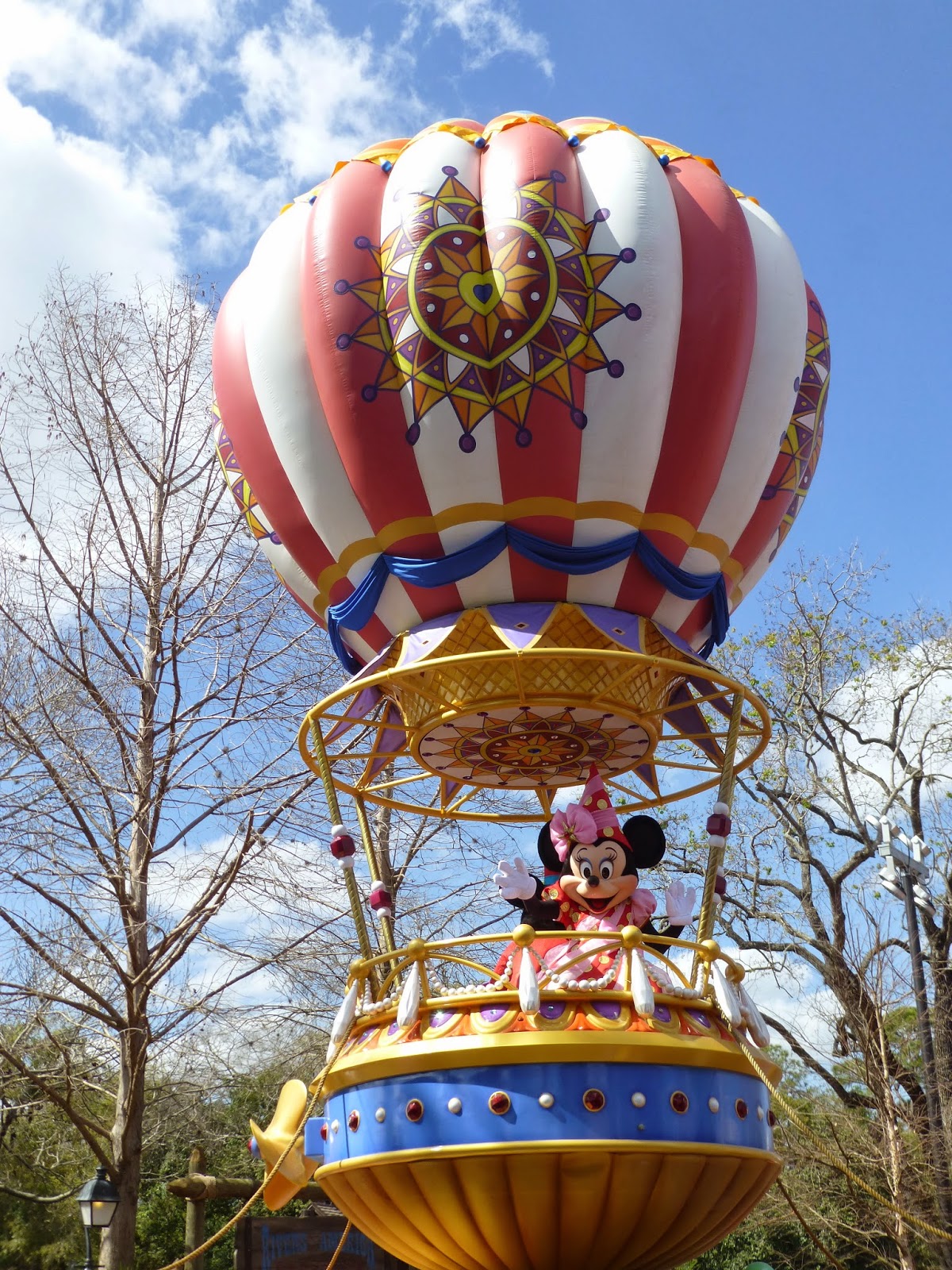I do not believe so!
Last night on CNN, the anticipated 20 minutes of discussion shifted to 2 minutes because of breaking news with the search in the Indian Ocean. Which has been updated to they have floating objects. Hopefully as you read this we have verification that the plane has been found.
One of the other guests on CNN stated there was a fire that took out all the radios and then our time was over. The power of blogs... I can respond here.
Burning Radios?
Despite what some think, a fire did not take out the radios, incapacitate the pilots and then the plane flew into the distance for 7 hours.
When there is a fire in our automated electronic aircraft such as the A330, the pilots get a fire warning in the flight deck and the ECAM displays steps to shutdown various systems. If there is a fire in the equipment bay on the Airbus, we get an Avionics Vent Smoke message. I assumed the B777 had a similar warning system in their compartment. But someone commented and politely told there are no smoke sensors in equipment bay. Which I am surprised. I found a set of manuals and could not find reference to it. So I called my Boeing contact who said, "Yes, we have smoke detection in the equipment bay." But he did not bring home his computer and said he'll call me tomorrow and tell me what the ECAM message is.
However the smoke would be cycled through the air-conditioning system and the pilots would smell it. If they did... or we get a message...
The first thing we do: Don oxygen masks and establish communications. Then we remove power from the source if the fire is accessible.
Both pilots would put on their oxygen masks with a warning or an odor. One would fly the plane and turn to the nearest suitable airport for landing while declaring an emergency. The other pilot would perform the action items on the ECAM or in their Quick reference manual. There are only four items to shutdown with a smoke, fire, and fumes procedure: Turn off the recirculation fans, APU Bleed air, Gasper and the passenger seats.
This is not a daunting task that would overload the pilots. The image the experts paint by saying that we have to "put out the fire" and are too busy to talk brings to mind firefighters fighting a raging fire. This really is not what happens on a plane with smoke and fumes.
Facts:
Captain Shah was an experienced pilot who would have donned his oxygen mask at the first sign of smoke. He would not have "pre-programmed" a waypoint. He would have programmed a new destination and flown direct to it notifying ATC.
A fire would not have made the plane climb to 45,000 feet then descend to 23,000. This plane will not fly away from its altitude dialed into the mode control panel. Someone had to make that happen, and it was certainly not incapacitated pilots.
Despite what someone thinks, there is no way a plane "on fire" will fly for 6 hours. This is why we put the plane on the ground when there is a fire. We don't have time in a burning plane.
Communications would have picked up oxygen flow from the mask microphone during the final comment. And... they would have told ATC where they were going and why.
The radios are not all on the same electrical bus. There are many buses for redundancy and to say they all went, might be a little far fetched. The probability of someone gaining access to the flight deck is far more likely without an explosion.
Besides... someone programmed that waypoint in the number three FMS. Why?
Question to you pilots... wouldn't you either stay on course while you attempted to solve the problem, or if you knew you needed to land immediately, declare an emergency and head to an airport? Why would you put in a random waypoint and not notify anyone? The "all right good night" came after the programmed turn. I could buy the noxious fumes that were overwhelming and incapacitated the pilots if they continued on route and pressed on. If they smelled nothing...and it took them without being able to don their masks... why that turn?
Automated Aircraft Education... New Gen Planes
The B777, B787, A330 and A350 are different planes than what we use to fly. Major differences is the amount of help the plane gives the pilots during an emergency.
We don't need to figure out what the problem might be and search for a procedure, like we once did. We have a screen that names the emergency and provides steps to secure and deal with it.
We can fly, talk and navigate. The quick donning masks are not like the old planes, they can be pulled out with one hand and suck to your face.
This is a new world of aviation and dealing with emergencies is fast, easy, and efficient. A pilot with Captain Shaw's experience where flying comes second, would have dealt with any emergency. Think about this, if he couldn't do it... then who could?
CNN update! NEXT week after my trip.
Enjoy the Journey!
XO Karlene



































.JPG)

.jpg&container=blogger&gadget=a&rewriteMime=image%2F*)
















